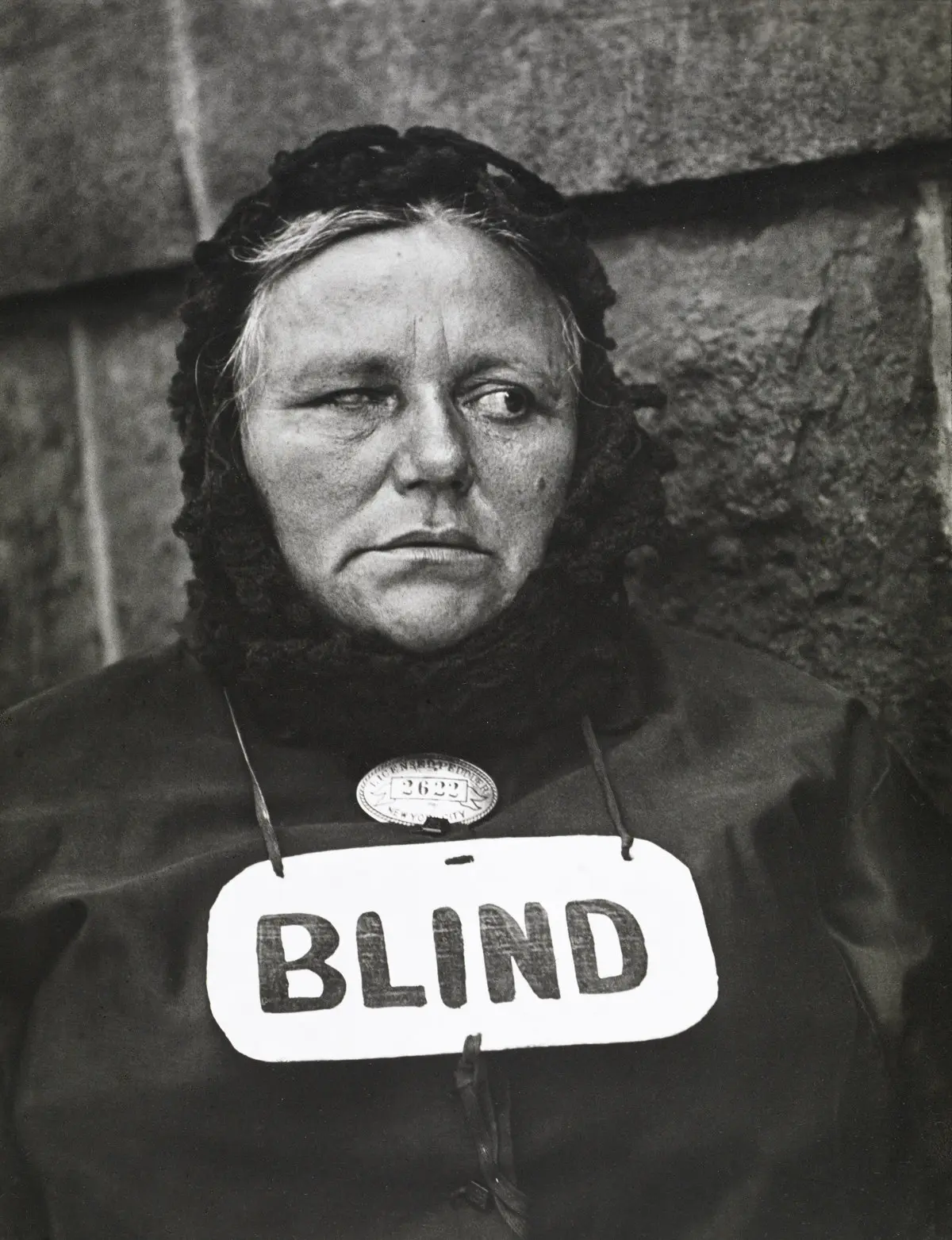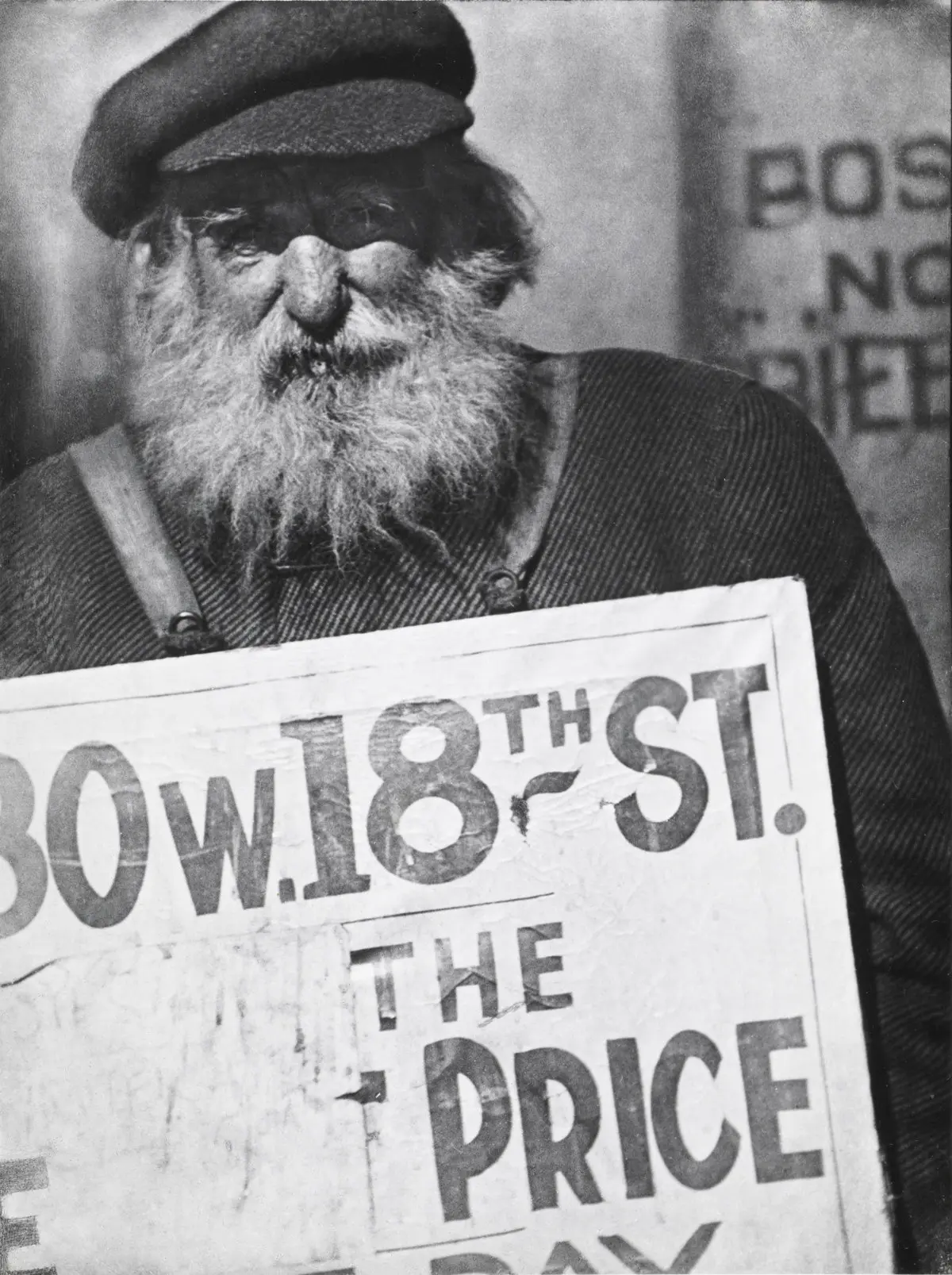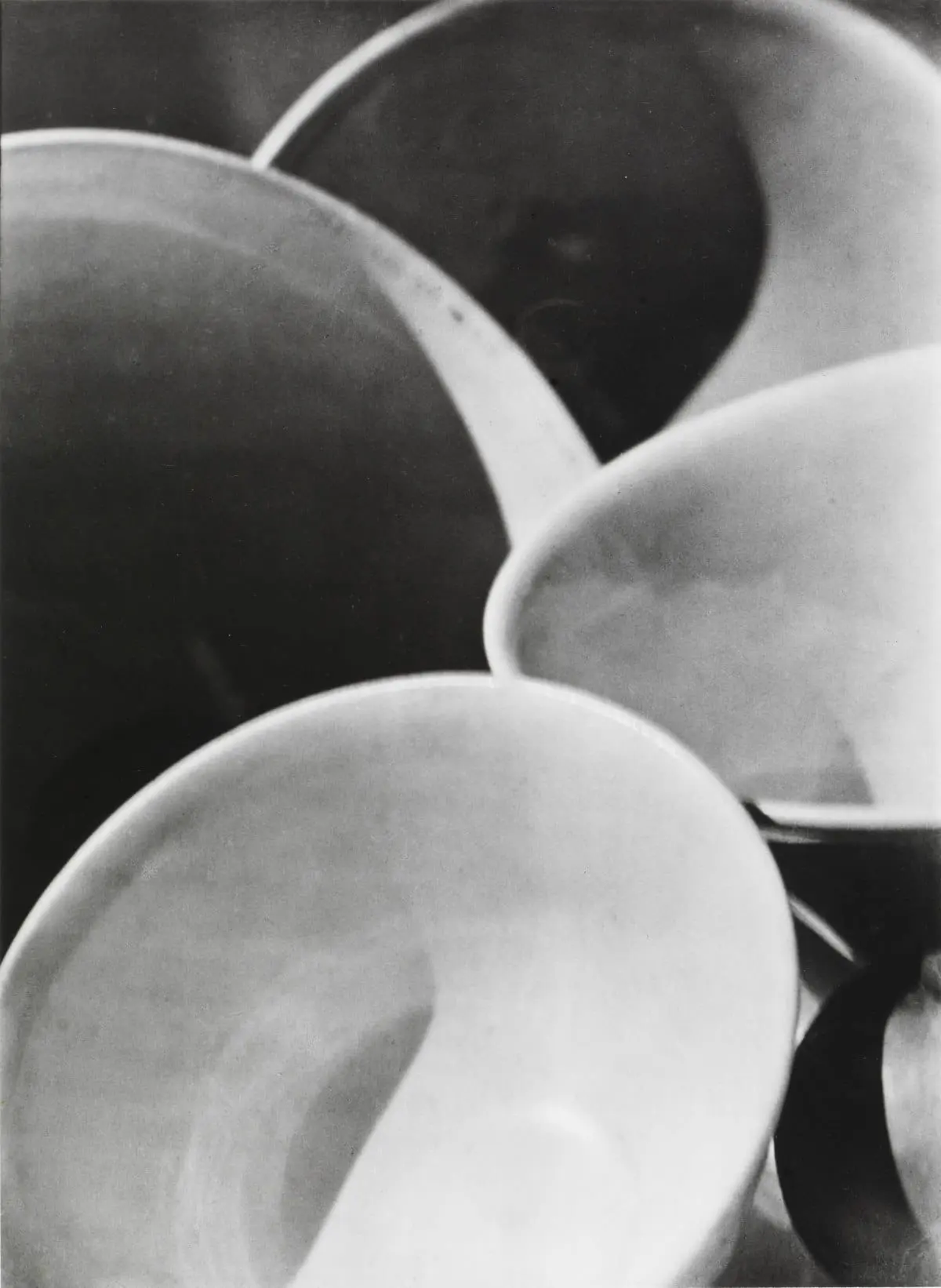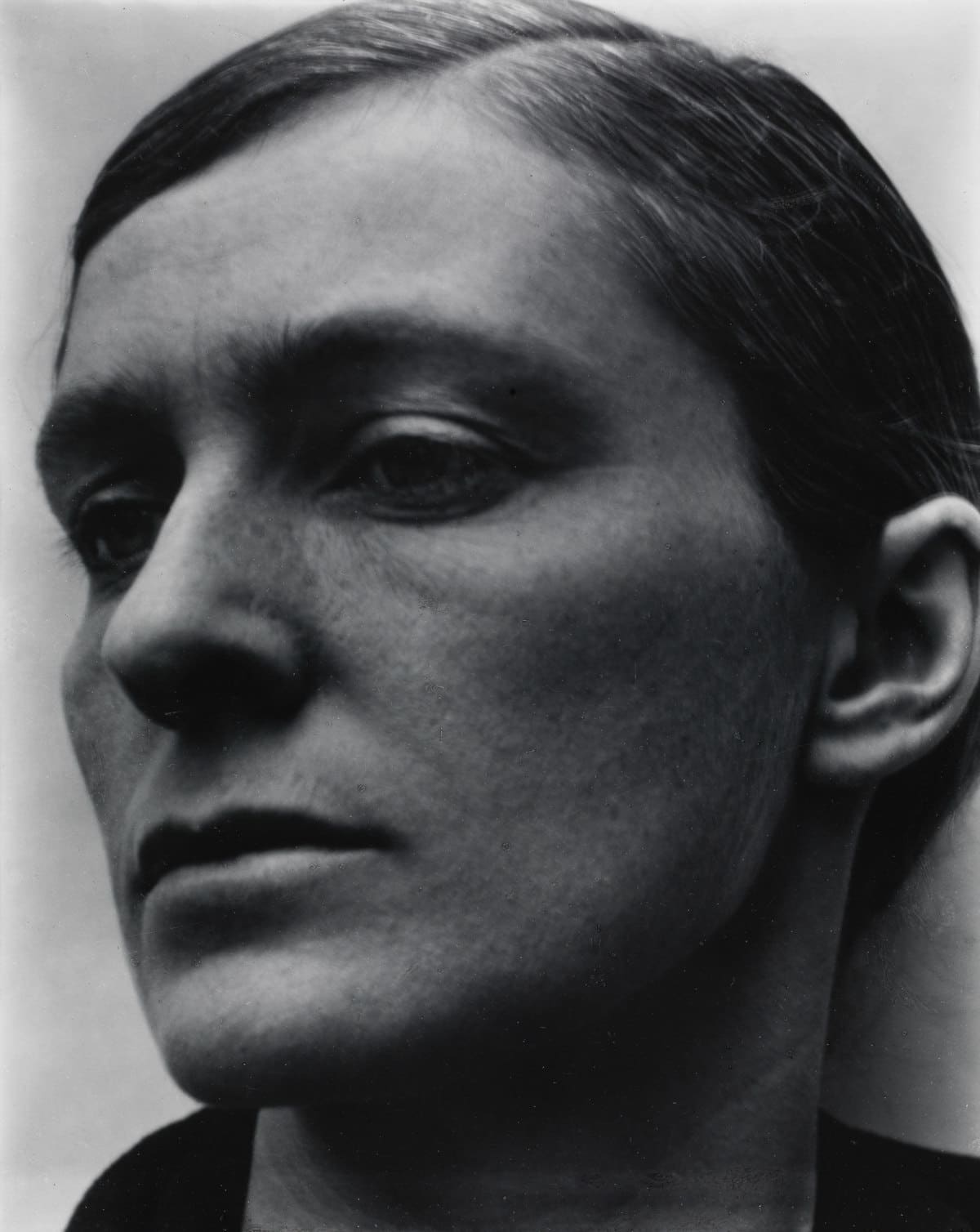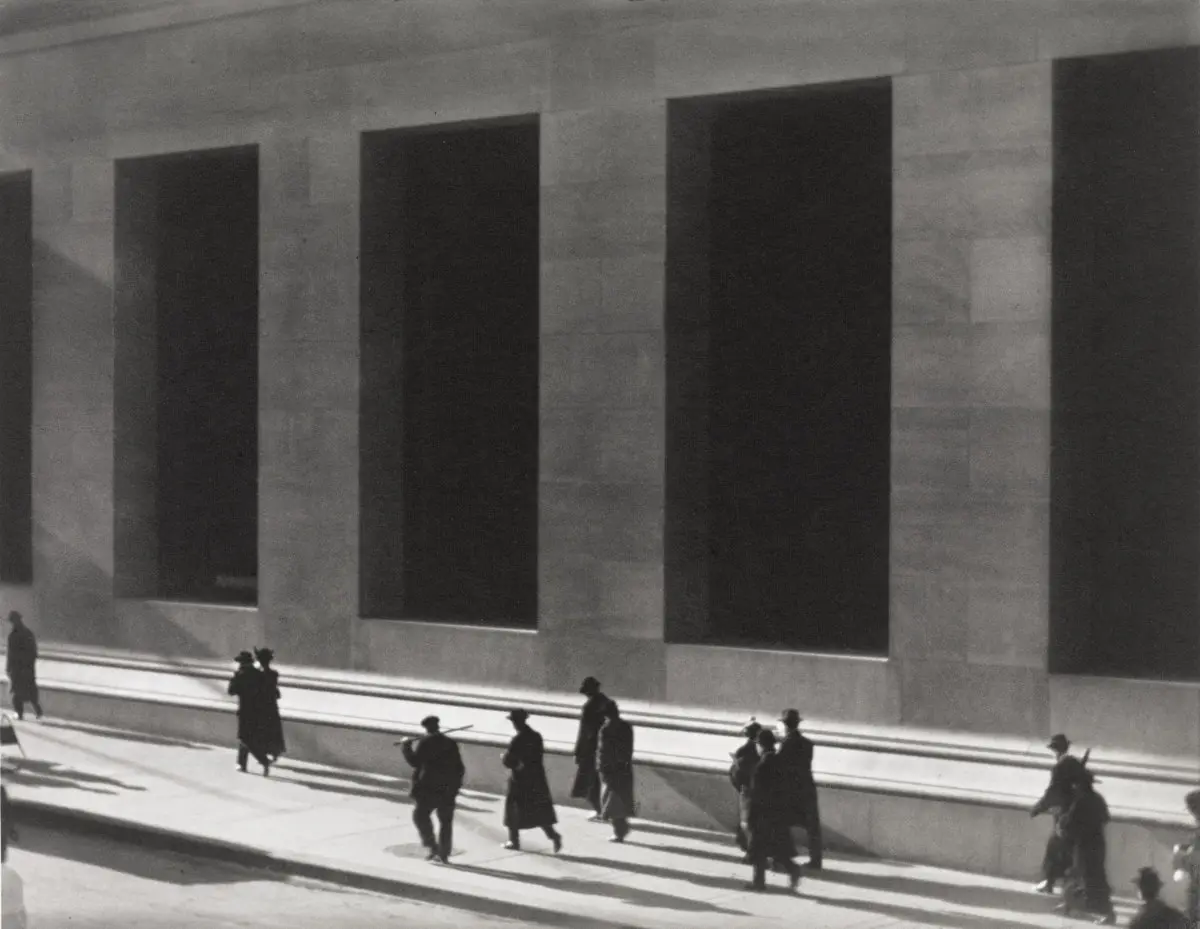© Aperture Foundation, Inc., Paul Strand Archive, 2022
COLLECTIONS CATALOG
Blind Woman, New York
Paul Strand
Medium
Gelatin silver print on baryta paper
Dimensions
Printed area size: 34,8 × 27,7 cm
Inventory
FM000886
Date
1916
/1940s
1917
Author
Born: Nueva York, 1890
Died: Orgeval, Francia, 1976
Photography
Series:
Camerawork and Nature Forms (1916-1928) (Paul Strand)
"
Descripción
Blind Woman, taken with a camera that was concealed behind a fake lens, has become iconic of Paul Strand’s work and of the history of photography since being featured by Alfred Stieglitz at his 291 gallery and published in the final issue of Camera Work. It was part of a group of images produced by the artist depicting anonymous subjects from the lowest strata of society.
This particular image stands out from among other portraits that were captured on the streets of Manhattan’s Lower East Side and were surprising for their spontaneity and freshness; a direct expression of the time that had never been seen before.
"
"
Other autor artworks
"

